10 Effective Physical Therapy Exercises To Treat Shoulder Pain

Have you injured your shoulder? Or does the prospect of even moving your shoulder seem painful and terrifying? It is important to keep your body strong. When it comes to your shoulders, there are certain exercises that can help you out!
So if you want to know why strengthening your shoulder is a must, and also about exercises that can keep your shoulders strong, this post has you covered! Go ahead and get shoulder relief below!
What Are The Causes Of Shoulder Pain?
Shoulder pain can be caused by a variety of conditions. Sometimes, you can get inflammation in the shoulder from an athletic injury, which will clear up within a few days. You may also experience shoulder pain from damaged shoulder muscles, or even an underlying joint condition, such as arthritis.
Before you start shoulder exercises, make sure you consult a doctor so that you’re doing the right exercises for your situation. The good news is that shoulder exercises are helpful for almost every shoulder condition!
Why Is It Important To Strengthen Your Shoulders?
The shoulder is one joint that needs to be moved for quite a lot of activities. Say for instance, you need to move your shoulders to lift an object, close your drawers, or open the door. Almost all activities in your daily life require you to move your arm, invariably demanding the shoulders to move.
If your shoulders are weak, you may face inflexibility. For this reason, it’s advised to perform regular exercises to keep the shoulders strong and easily movable. Have you ever tried physical therapy for shoulders?
Let’s have a look at effective Physical Therapy exercises for shoulder pain.
The exercises mentioned below are no-frills tasks. They are all easy and simple to perform, without the requirement of too much equipment. Also, you do not need a physical trainer checking on you every time you carry out any of these exercises. The exercises are both for men and women.
1. Shoulder Blades Forwards Against Wall
- Stand tall with your back and neck straight.
- Keep your hands against the wall and keep the elbows straight.
- Now, bend slightly towards the wall you face. During this process, ensure your back doesn’t bend. Keep it straight.
- Bring your shoulder blades forward. Stay in this position for 5 seconds. Go back to your normal standing position. Repeat the process 10 times.
2. Shoulder Blade Shrug
- Here, you have to stand tall with your neck and back straight.
- Keep your arms at your sides, slightly away from your body. Ensure the palms face forward.
- Now, elevate one shoulder blade towards your ear. Hold for 5 seconds and then drop the shoulder. Repeat this process for the other shoulder. Complete a count of 10 on each side.
[ Read: Compound Exercises To Build Strong Shoulders ]
3. Shoulder Blade Squeeze
You can carry out this exercise either sitting or standing, with your shoulders back.
- Keep your chin tucked in.
- Now, squeeze the shoulder blades together. Don’t overdo it or you might feel pain.
- Hold this position for 5 seconds before you release the shoulder blades back to the normal position. Repeat the exercise 10 times.
4. Resistance Band External Rotation
- In this exercise, you have to stand, keeping your back straight.
- Keep your shoulder blades back.
- Hold a resistance band in your left hand. The other end of the band should be tied to a static object.
- Keep your right hand on your waist.
- Bend the left elbow to 90 degrees.
- Now, move your left hand away from your body so that the band you are holding stretches. Repeat the process 10 times. After completing the first set, perform the exercise again 2 more times.
5. Resistance Band Internal Rotation
This form of exercise is similar to the one above.
- Stand with your back straight and shoulder blades thrown back, and hold the resistance band in your right hand.
- This time, instead of pulling the band away from your body, pull it towards your body (toward the left).
- Repeat the exercise 3 times, with each set having 10 reps.
6. Static Rotator Cut Off Contraction
- Start the exercise by standing tall with your neck straight.
- Keep your right elbow at 90 degrees.
- Bring your left hand towards the right.
- Now, push your right hand away from your body, against the left hand’s resistance.
- Maintain the position for 5 seconds.
- Repeat 10 times on each arm.
7. Resistance Band Pull Backs
This exercise allows you to kneel down even during the process.
- Either stand or kneel down with your back straight.
- Hold a resistance band in both your hands.
- Now, pull your arms backwards, squeeze your shoulder blades together and hold the posture for 2 seconds.
- Repeat the exercise 3 times, each set with 10 repetitions.
8. Hand Behind Neck
- Put your hand behind your neck.
- The position should be such that the elbow is out to the side.
- Move your elbow high enough so that it rises above the shoulder line. Repeat the process for both hands.
9. Lateral Raises
- Stand with your arms at your side.
- Keep your elbows down and straight, with fists closed and thumbs out.
- Now, raise your hands to ensure they match your shoulder level. Don’t raise the hands above the shoulder level.
- Now, hold on for a second and slowly bring down both your hands.
10. Prone Horizontal Abduction
- Lie down with your face on the bed and let your weak shoulder hang freely.
- Ensure your fists are closed, with the thumbs out.
- Now, take this hand away from your body to match the shoulder’s height. Hold for a second or two and then gently lower your arm. Ensure your arm doesn’t go higher than the shoulder’s length.
Do not perform the above-mentioned shoulder physical therapy exercises if they cause pain. Make sure to consult a doctor if you face any problems. You may also consider an expert chiropractor, who can create a shoulder pain plan for your specific situation.
We hope these physical therapy exercises for shoulder pain help you. Let us know which exercise helped you the most in the comments below! We hope you stay pain-free, starting today.
Read full bio of Dr. Brent Wells



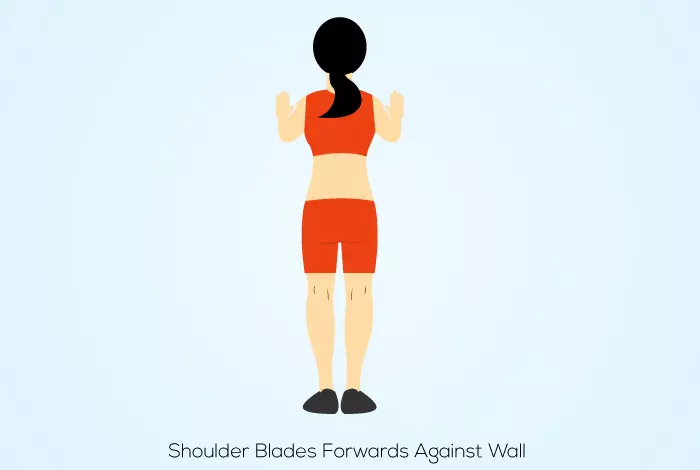
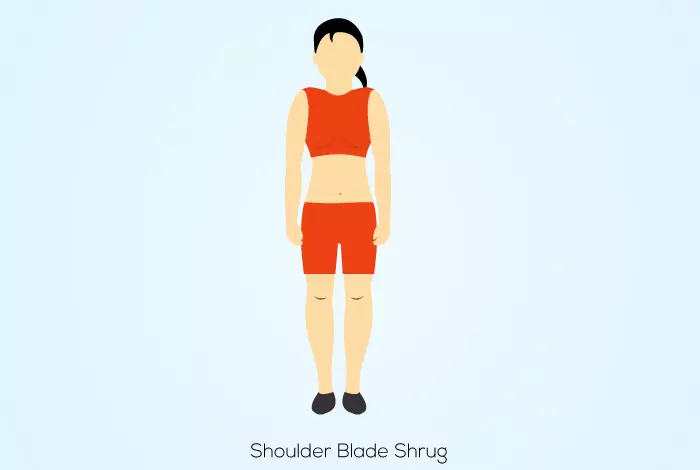
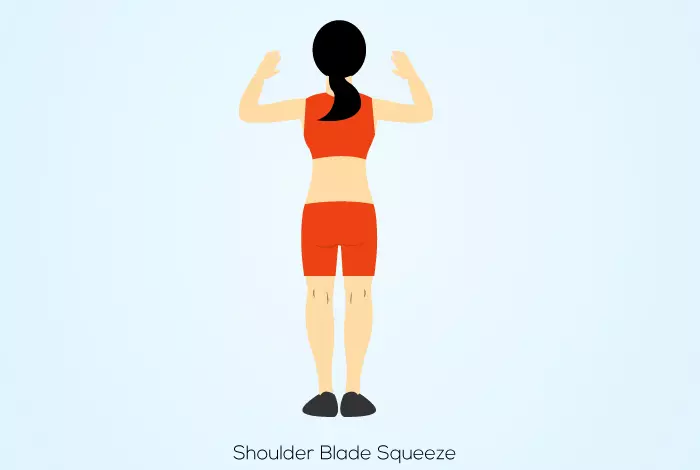
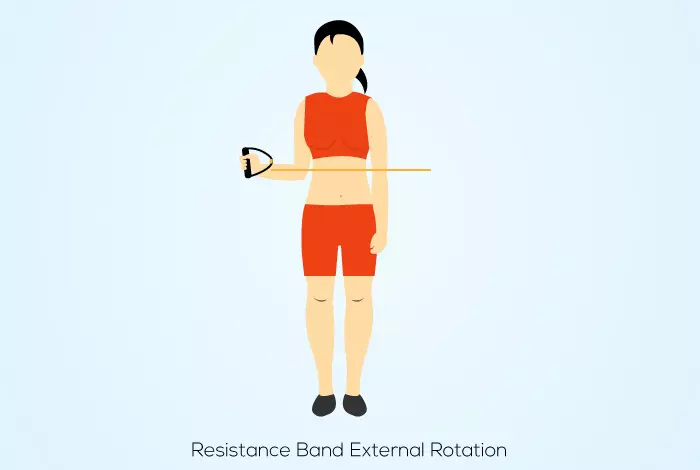
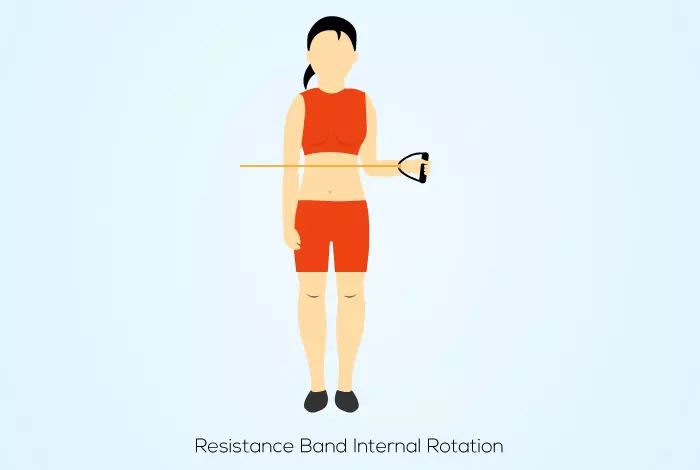
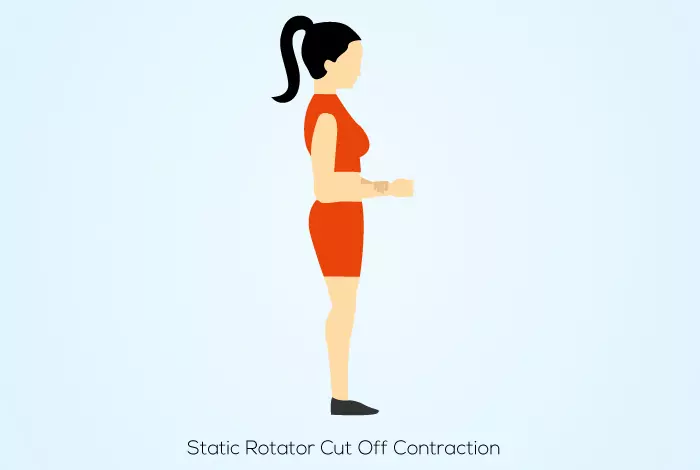
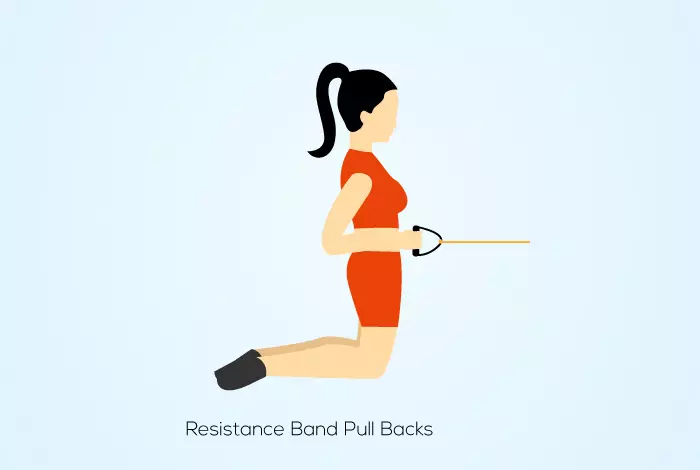
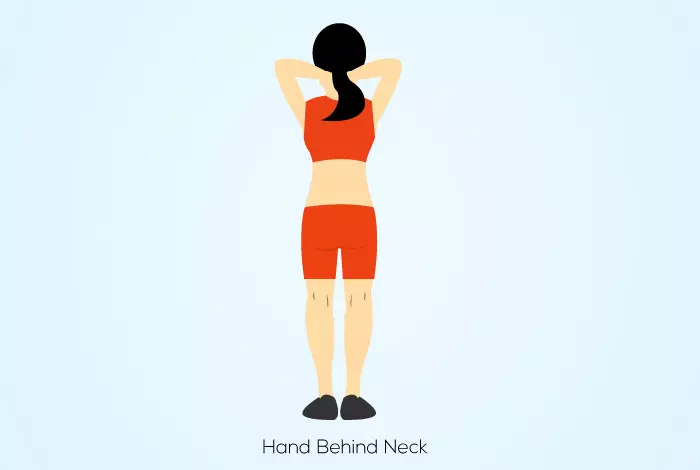
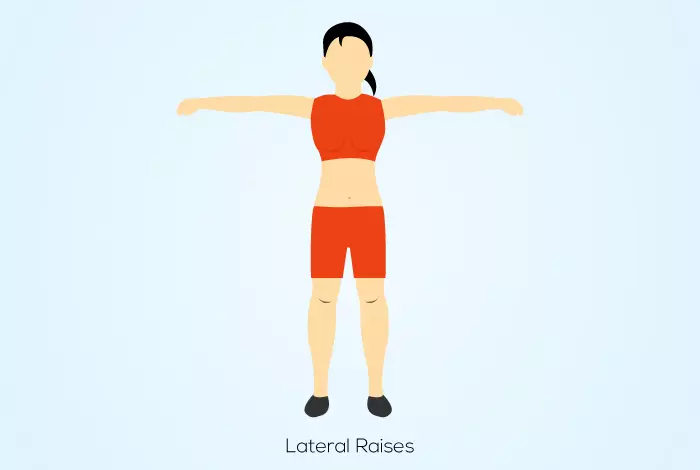
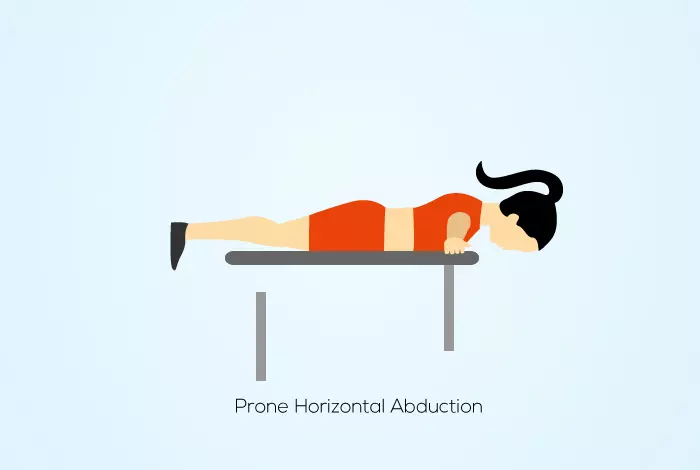




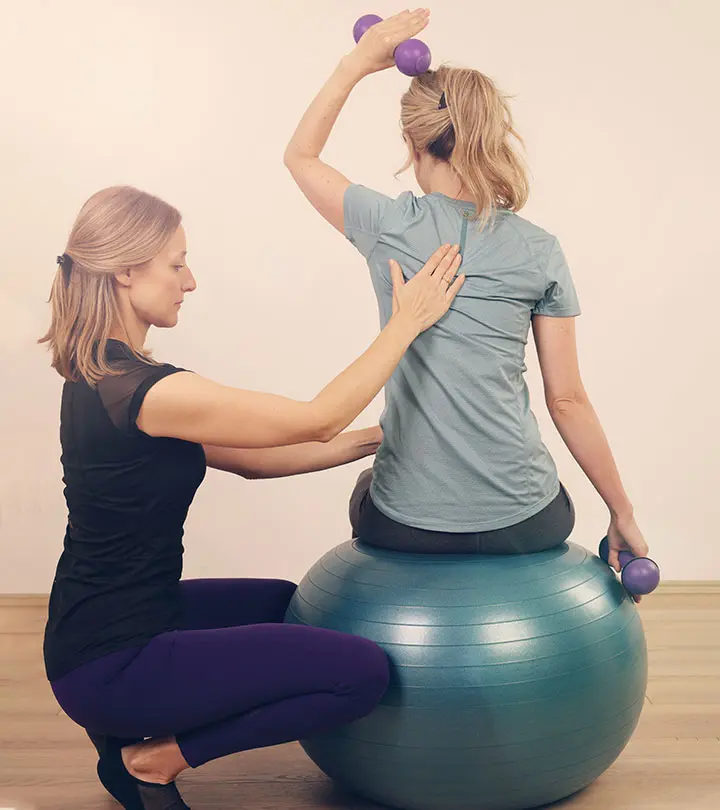



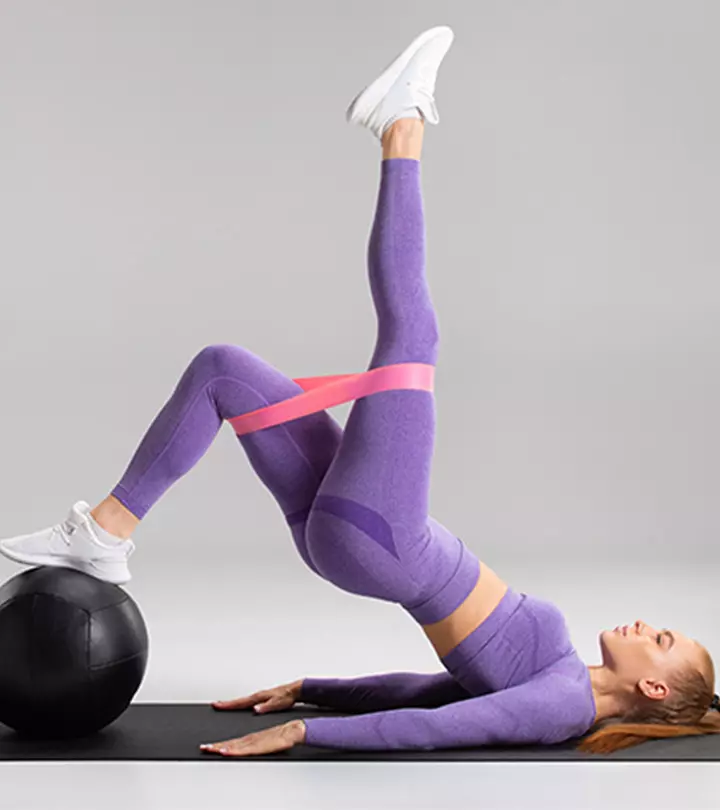




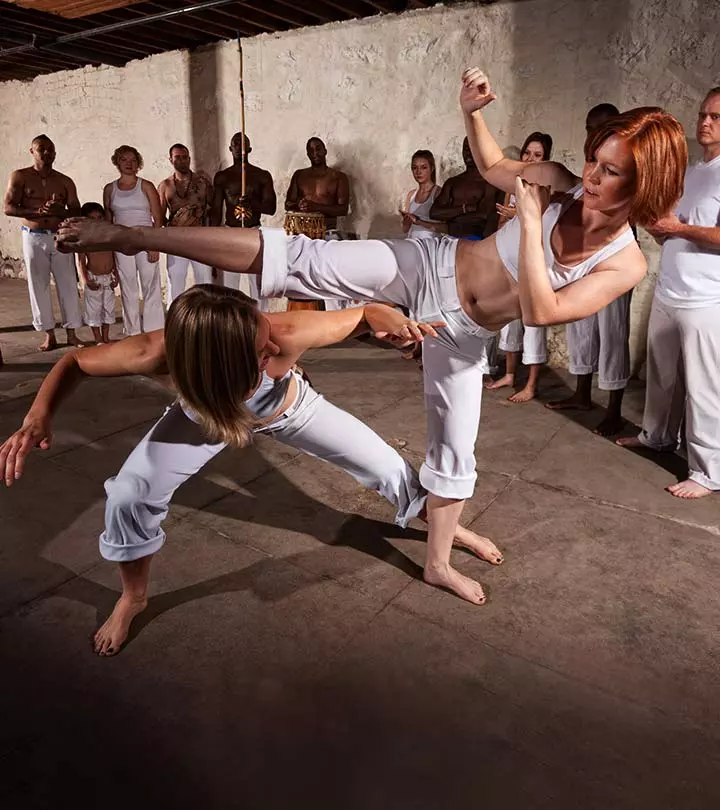










Community Experiences
Join the conversation and become a part of our empowering community! Share your stories, experiences, and insights to connect with other beauty, lifestyle, and health enthusiasts.